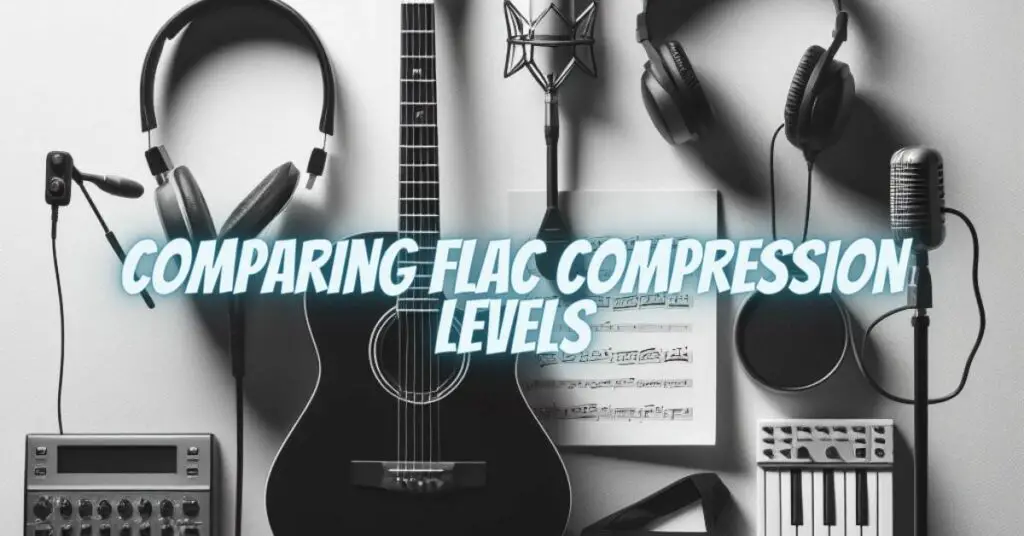FLAC (Free Lossless Audio Codec) is a popular choice for audiophiles and music enthusiasts looking to preserve audio quality while saving storage space. One of the key choices when encoding audio in FLAC is selecting the compression level, which ranges from 0 (no compression) to 8 (maximum compression). In this article, we’ll explore the differences between FLAC Level 1 and Level 8 compression and help you make an informed decision based on your specific needs and priorities.
Understanding FLAC Compression
FLAC is a lossless audio codec, which means that it preserves the original audio quality while reducing file size through a compression algorithm. The compression level determines the trade-off between file size and encoding speed. Higher compression levels result in smaller files but require more time for encoding and decoding.
FLAC Compression Levels
FLAC offers several compression levels, ranging from 0 (no compression) to 8 (maximum compression). Here’s what each level means:
- Level 0: No compression. Audio is stored without any compression, resulting in the largest file size.
- Level 1: Fast encoding and decoding. This level offers a good balance between file size reduction and speed.
- Levels 2 to 6: Gradually increasing compression, with slightly smaller file sizes and longer encoding and decoding times.
- Level 8: Maximum compression. This level results in the smallest file size but also the longest encoding and decoding times.
Comparing FLAC Level 1 and Level 8
- Compression Ratio:
- FLAC Level 1 provides good compression without significant loss of audio quality. It reduces file sizes to a reasonable extent without requiring extensive encoding and decoding times.
- FLAC Level 8 offers maximum compression, resulting in the smallest file sizes but at the cost of considerably longer encoding and decoding times. The audio quality remains the same.
- Encoding and Decoding Speed:
- FLAC Level 1 is the fastest in terms of encoding and decoding. This makes it suitable for real-time or on-the-fly encoding and decoding.
- FLAC Level 8 is the slowest, and encoding large audio libraries can be time-consuming. It is best suited for archiving or situations where file size is a critical factor.
- Audio Quality:
- Both FLAC Level 1 and Level 8 offer identical audio quality. They are true lossless formats, preserving the original audio quality without any loss of data.
- File Size Reduction:
- The file size reduction from Level 1 to Level 8 is relatively modest, considering the significant increase in encoding and decoding times. The bulk of file size reduction occurs between Level 0 and Level 1.
Choosing the Right Compression Level
When deciding between FLAC Level 1 and Level 8, consider the following factors:
- Storage Space: If storage space is a critical concern and you have time to spare for encoding, FLAC Level 8 may be preferable.
- Encoding and Decoding Speed: For real-time use or quick access to your audio files, FLAC Level 1 is the better choice.
- Archiving: If you’re archiving audio files for long-term preservation, Level 8 may be suitable.
- Balanced Approach: For a balance between file size reduction and encoding/decoding speed, FLAC Level 1 is a practical choice for most users.
The choice between FLAC Level 1 and Level 8 ultimately depends on your priorities. While Level 8 offers maximum compression and minimal file sizes, Level 1 strikes a balance between compression and encoding/decoding speed. Consider your storage constraints, the frequency of encoding and decoding, and your specific needs to make the right decision for your audio library.

